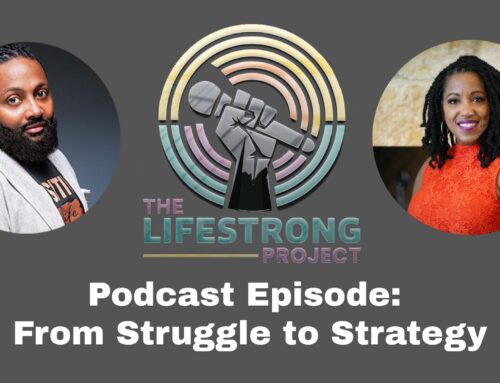You’ve heard me say it before—change needs a catalyst. But sometimes, even the best catalysts get tired. When our workplaces, teams, or even personal lives are in constant motion—new systems, new leaders, new expectations—it can start to feel like the finish line keeps moving. That exhaustion you feel? That’s called change fatigue.
Change fatigue shows up when individuals and teams become weary of continual transformation. It’s not that people are resistant to change—it’s that they’re exhausted by it. Imagine trying to sprint through a marathon. That’s what constant change without pause can feel like.
I often remind leaders that even the strongest teams need moments to pause, pray, and pivot. Because when we ignore the warning signs of fatigue, we risk losing not only productivity but passion—the very thing that fuels innovation and growth.
Why It Happens
Change fatigue happens when organizations launch initiative after initiative without giving people time to process, adjust, and stabilize. It’s like hitting “update” on every app on your phone at once—sooner or later, something’s going to crash.
Leaders often underestimate the emotional labor involved in change. Employees aren’t just adapting their workflows—they’re also recalibrating their confidence, their relationships, and their sense of belonging. According to McKinsey & Company, nearly 70% of change initiatives fail, often due to people-related challenges, including fatigue and burnout (McKinsey, 2022).
How to Push Through
The good news? Fatigue isn’t final. With intentional leadership, you can transform weariness into renewed energy and resilience. Here’s how:
- Acknowledge the emotional toll. Give people permission to feel tired. Validation builds trust.
- Communicate the “why” clearly. Change feels lighter when it’s connected to purpose.
- Celebrate small wins. Recognition restores motivation faster than you think.
- Model self-care as a leader. Your pause gives others permission to breathe, too.
Leading Through the Fatigue
Leadership during change isn’t about being the loudest cheerleader—it’s about being the most consistent presence. When people see you steady in uncertainty, they’re more likely to find their own footing.
I remember during a major transformation project early in my engineering career, I hit a wall. Everyone looked to me for answers, but I was just as drained as they were. That’s when I learned that resilience doesn’t mean pretending you’re fine—it means recharging before you lead again. When I finally paused to reflect, I realized my team didn’t need me to have all the answers—they needed me to model how to rest, reset, and refocus. That lesson shaped the way I lead change to this day.
Change fatigue is real, but so is your ability to lead through it. Remember, every wave of change is also a chance to practice resilience. And as I often remind my audiences: you can’t lead change if you’re running on empty.
Take the time to refuel—your future self (and your team) will thank you.
Reference: McKinsey & Company. (2022). “The State of Organizations 2022: Ten shifts transforming organizations.” Retrieved from https://www.mckinsey.com
Note to readers
It’s election day wherever you are in the US, and that means you get to have your voice heard. For my outside of the US friends, as much as I love my country, with the government shutdown and all the chaos around it, I’d tell you to count yourself blessed.
All this chaos around us is a reminder to regularly reset your nervous system with slow breathing and to keep monitoring your energy.






